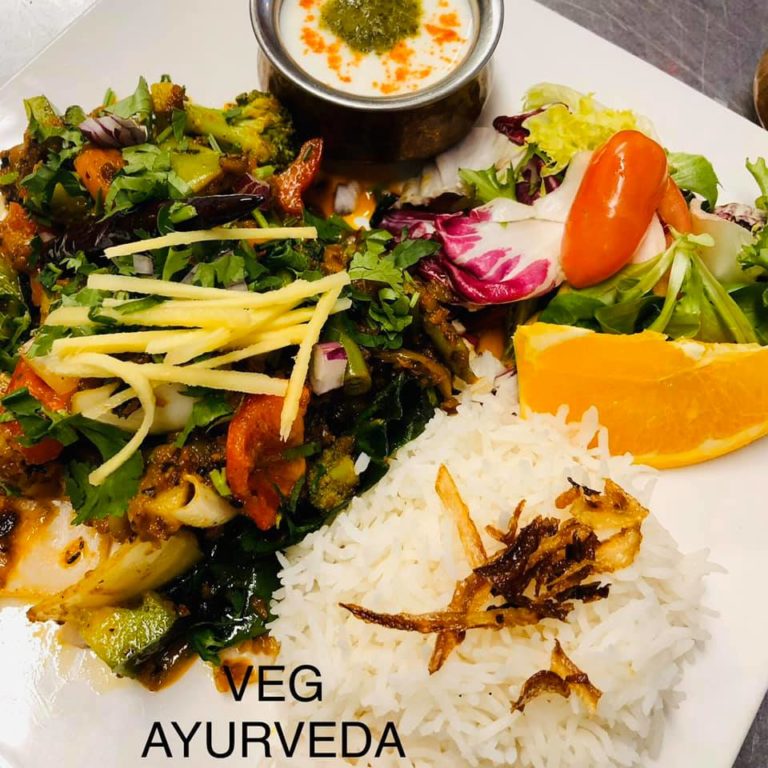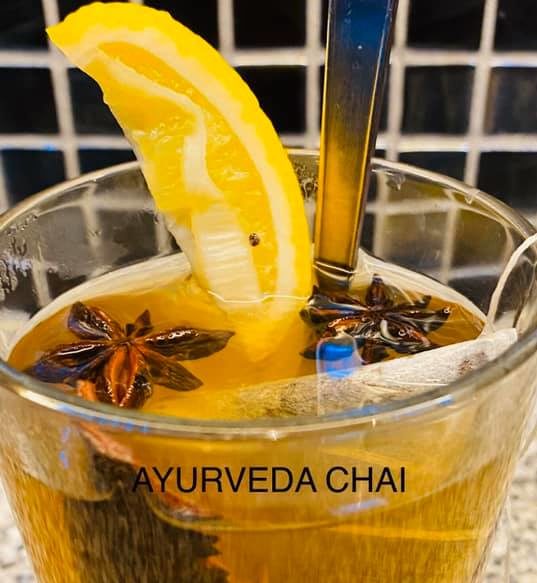Down
the
food
lane
The history of Indian cuisine consists of cuisine from the Indian subcontinent, which is rich and diverse. As a land that has experienced extensive immigration and intermingling through many millennia, the Indian subcontinent has benefited from numerous food influences. The diverse climate in the region, ranging from deep tropical to alpine, has also helped considerably broaden the set of ingredients readily available to the many schools of cookery in India. In many cases, food has become a marker of religious and social identity, with varying taboos and preferences (for instance, a segment of the Jain population consume no roots or subterranean vegetable; see Jain vegetarianism) which has also driven these groups to innovate extensively with the food sources that are deemed acceptable.
One strong influence over Indian foods is the longstanding vegetarianism within sections of India’s Hindu and Jain communities. At 31%, slightly less than a third of Indians are vegetarians.
Around 7000 BCE, agriculture spread from the Fertile Crescent to the Indus Valley, and wheat and barley began to be grown. By 3000 BCE, turmeric, cardamom, black pepper and mustard were harvested in India. The ancient Hindu text Mahabharata mentions rice and meat cooked together, and the word “pulao” or “pallao” is used to refer to the dish in ancient Sanskrit works, such as Yājñavalkya Smṛti. Vegetarianism was facilitated by the advent of Buddhism and a cooperative climate where a variety of fruits, vegetables, and grains could easily be grown throughout the year. A food classification system that categorized any item as saatvic, raajsic or taamsic developed in Ayurveda.
Later, arrivals from Arabia, Central Asia, and others had a deep and fundamental effect on Indian cooking. Islamic rule introduced rich gravies, biryani and non-vegetarian fare such as kebabs, resulting in Mughlai cuisine (Mughal in origin), as well as such fruits as apricots, melons, peaches, and plums. The Mughals were great patrons of cooking. Lavish dishes were prepared during the reigns of Jahangir and Shah Jahan. The Muslim meat dishes includes bovine, ovine, poultry and seafood dishes. The Nizams of Hyderabad state (1700s-1947) perfected their own style of cooking with the most notable dish being the Hyderabad biryani, often considered by many connoisseurs to be the finest of the main dishes in India.
The Portuguese and British during their rule introduced cooking techniques such as baking, and foods from the New World and Europe. The new-world vegetables popular in cuisine from the Indian subcontinent include tomato, potato, sweet potatoes, peanuts, squash, and chilli.

